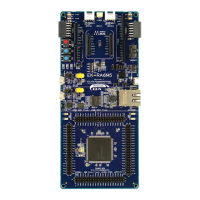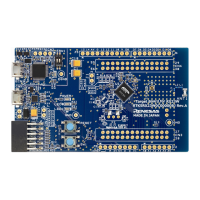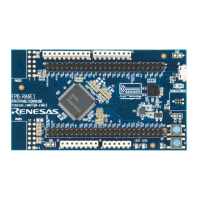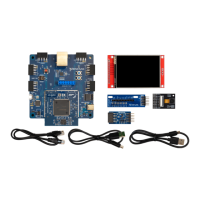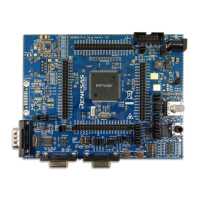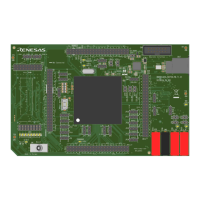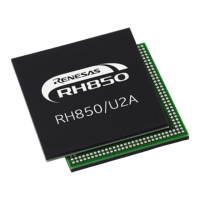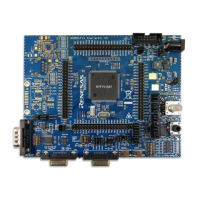1. Treatment of unused pins
[Caution] Please dispose of unused pins according to "Handling of unused pins" in the text.
The impedance of the input pins of CMOS products is generally high impedance. If the unused pins
are operated in an open state, noise around the LSI may be applied due to the induction
phenomenon, a through current may flow inside the LSI, or it may be recognized as an input signal
and malfunction may occur. Dispose of unused pins according to the instructions given in "Disposal of
unused pins" in the text.
2. Treatment at power-on
[Caution] The state of the product is undefined when the power is turned on.
When the power is turned on, the state of the internal circuits of the LSI is indeterminate and the state
of register settings and pins is undefined.
For products that are reset using the external reset pin, the pin state cannot be guaranteed from the
time the power is supplied until the reset becomes valid.
Similarly, in the case of products that are reset using the built-in power-on reset function, the pin
states cannot be guaranteed from the time the power is turned on until the voltage reaches a certain
level.
3. Prohibition of Access to Reserved Addresses
[Caution] Access to reserved addresses is prohibited.
The address area has a reserved address allocated for future function expansion. The operation
when these addresses are accessed cannot be guaranteed, so do not access them.
4. About clock
[Caution] When resetting, release the reset after the clock has stabilized.
When switching the clock during program execution, switch the clock after the switching destination
clock is stable.
In a system that starts operating with a clock that uses an external oscillator (or external oscillator
circuit) at reset, release the reset after the clock is sufficiently stable. Also, when switching to a clock
that uses an external oscillator (or external oscillator circuit) in the middle of a program, make sure
that the clock to be switched to is sufficiently stable before switching.
5. Differences between products
[Caution] When changing to a product with a different model name, perform a system evaluation test
for each product model name.
Even if the MCUs in the same group have different model numbers, the characteristic values,
operating margins, noise immunity, noise radiation, etc. may differ within the range of electrical
characteristics due to differences in internal ROM and layout patterns. When changing to a product
with a different model name, perform a system evaluation test for each individual product.
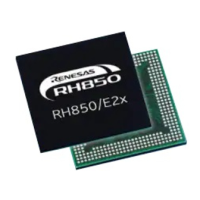
